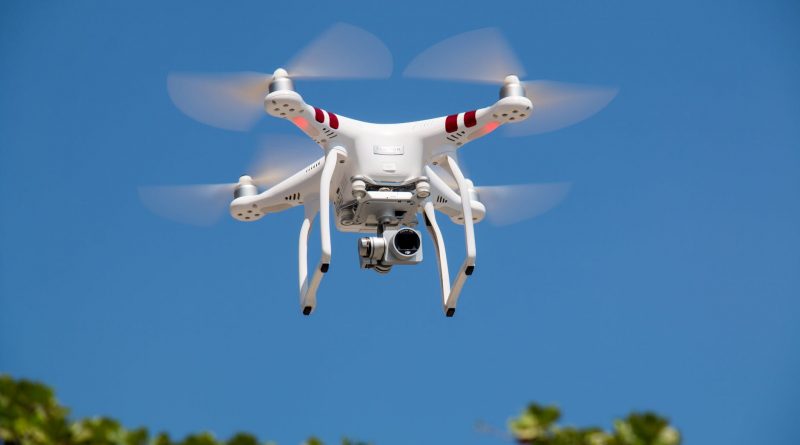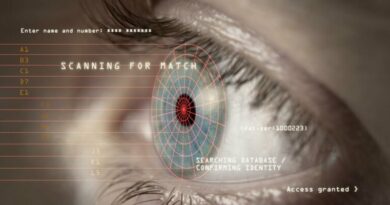Insurers to drive change through drones
Mention the word drones and thoughts immediately turn to fun consumer devices that can amuse the children or spy on the neighbours. However, insurers are capitalising on their business benefits to expedite claims, improve efficiencies, and even reduce premiums.
Of course, these drones (also known by the less sexy moniker of unmanned aerial vehicles) are a far cry from consumer devices. These business-class tools are expensive but feature significant data capture features, whether through a high-definition camera or embedded sensors that can record temperature and other atmospheric conditions.
Understanding risk
According to Peter Olyott, CEO at Indwe Risk Services, any insurer, irrespective of the geographic location, needs to be able to better assess risk. This is one of those fundamental principles tightly integrated into the very business of the organisation. Drones turn the traditional way of doing this on its head, and literally provide a birds-eye view of the property or business that needs cover.
“Just imagine the man hours (and resources) it takes to accurately assess a farm or even a multi-unit dwelling. Using drones, insurers can manage this process faster, more accurately, and even remotely. The drone records and captures all the necessary information and can transmit that back to the office where a policy can be updated reflecting the physical environment. It is simply a case of sending a qualified ‘pilot’ with a drone and letting technology take care of the rest,” explains Olyott.
This brings with it not only an improved understanding of the risk of a property, but it can also help the insurer speed up the initial risk profile assessment. Using a drone, the insurer (or broker for that matter) can review a location in real-time with a complete 360-degree understanding of the surroundings and the impact it will have on the risk profile. It can either reinforce what the client stated when taking out the policy or raise questions that need to be discussed to fine-tune the cover accordingly.
Real-time world
“Drones enable insurers to review developments in certain areas, some that are not always readily accessible. Consider the positive impact this real-time assessment can have in rural or remote areas. The insured person or business no longer needs to make appointments weeks in advance (due to resources required). Instead, the insurer can quickly send an operator to record what developments have taken place, have that data automatically feed back into the systems of an insurer, and then have policies updated ‘on-the-fly’, excuse the pun.”
This more accurate way of assessing risk extends to various security scenarios. Understanding an areas’ propensity for lightning strikes, spotting crime trends, monitoring soil conditions, and even checking for rainfall all contribute to critical value-adds to enhance the personalised service an insurer can provide.
“From a security perspective, drones can be sent in advance to monitor high-risk areas before high-value cargo arrives. This not only makes for a more efficient way of protecting assets, but it also reduces the danger to drivers and other personnel. When natural disasters strike (think the Knysna fires as an example), drones can be dispatched to do property surveying and even send critical information to emergency services when it comes to threat levels, identifying the areas where human life is in danger, and so on.”
Being accurate
Given how data provides competitive advantage, insurers can use drones to enhance the quality of information around policies and claims, and aid in improving decision-making.
“An example of this is when drones are used to conduct inventory management and check stock levels. The data can feed directly to the insurer with policies updated according to actual stock levels instead of estimations. This is a benefit to both the client and the insurer, as it takes the guessing out of what needs to be insured. Ultimately, it is about enhancing operational efficiencies with greater access to real-time data.”
And for those who think drones are out to replace jobs, the reverse is true. The technology has the potential to create more employment, as insurers look for experts to not only manage the drones, but also understand the data being generated.
“Drones provide the entire insurance value chain with an innovative way to grow. Being more efficient and driving costs down create an opportunity to expand operations and appoint new human resources that can extract more value out of the digital environment,” says Olyott.
“Even though the application of drones in risk identification, evaluation, and mitigation is largely still in the conceptual phase, the potential cost and time efficiencies are obvious. This should add further impetus to embracing drones especially given the increasing complexity of risk and the need to move towards real-time and continuous risk assessment.”
The Drone in Accident Investigation and Road Safety https://t.co/C5l9yu48aU @StanfromIBF #ArriveAlive pic.twitter.com/3tN9vU3tsT
— Arrive Alive (@_ArriveAlive) July 10, 2016




